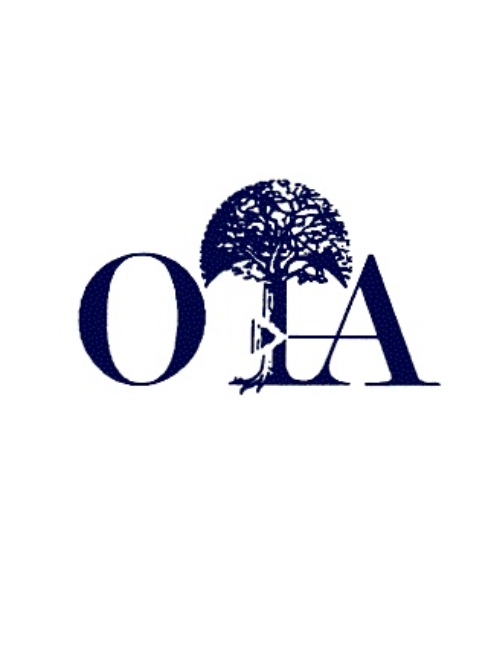
OTA 2019: No difference in outcomes between AIBG and cement in tibial plateau fracture bone defects

OTA 2019: No difference in outcomes between AIBG and cement in tibial plateau fracture bone defects
Autologous Iliac Bone Graft versus Biphasic Hydroxyapatite/Calcium Sulfate Cement for Treatment of Bone Defects in Tibial Plateau Fractures: A Multicenter, Prospective, Randomized Clinical Trial
Did you know you're eligible to earn 0.5 CME credits for reading this report? Click Here
CONFERENCE ACE REPORTS
This ACE Report is a summary of a conference presentation or abstract. The information provided has limited the ability to provide an accurate assessment of the risk of bias or the overall quality. Please interpret the results with caution as trials may be in progress and select results may have been presented.
Synopsis
Bone graft substitutes are generally required in tibial plateau fractures. Previous studies have established calcium phosphate as superior to autogenous iliac crest bone graft (AIBG), at least in terms of subsidence. The authors in this study randomized 137 patients with AO 41-B2 and 41-B3 fractures to receiver either AIBG or a hydroxyapatite/calcium sulfate cement. Outcomes measured were the SF-12 physical and mental component scores (PCS & MCS), pain on visual analogue scale, and subsidence on radiography, all measured at 26 weeks post-operatively. The calcium bone substitute was non-inferior in terms of SF12 PCS, MCS, subsidence, and pain score. There was significantly less blood loss in the calcium bone substitute group, and a trend towards shorter duration of surgery.
Why was this study needed now?
Previous evidence has suggested that the use of calcium phosphate is superior to autologous iliac crest bone grafting in terms of subsidence for use in tibial plateau fractures. This study aims to re-examine this question based on currently available technology.
What was the principal research question?
In patients with tibial plateau fractures who require bone substitute, how does an autologous iliac bone graft (AIBG) compare to a biphasic hydroxyapatite/calcium sulfate cement in terms of pain, function, blood loss, operative time, and subsidence?
What were the important findings?
- The biphasic hydroxyapatite/calcium sulfate cement group had significantly less estimated blood loss
- There was a trend towards shorter operative time (non-significant) in the hydroxyapatite/calcium sulfate cement group
- There was no significant difference between the two groups in terms of subsidence, pain, or SF-12 scores
What should I remember most?
The calcium bone substitute was non-inferior in terms of SF12 PCS, MCS, subsidence, and pain score. There was significantly less blood loss in the calcium bone substitute group, and a trend towards shorter duration of surgery.
How will this affect the care of my patients?
This trial suggests counter to previous evidence that AIBG may actually be similar to calcium bone substitute in terms of subsidence, though it may result in longer operative times and potentially greater blood loss.
Learn about our AI Driven
High Impact Search Feature
Our AI driven High Impact metric calculates the impact an article will have by considering both the publishing journal and the content of the article itself. Built using the latest advances in natural language processing, OE High Impact predicts an article’s future number of citations better than impact factor alone.
Continue



 LOGIN
LOGIN

Join the Conversation
Please Login or Join to leave comments.